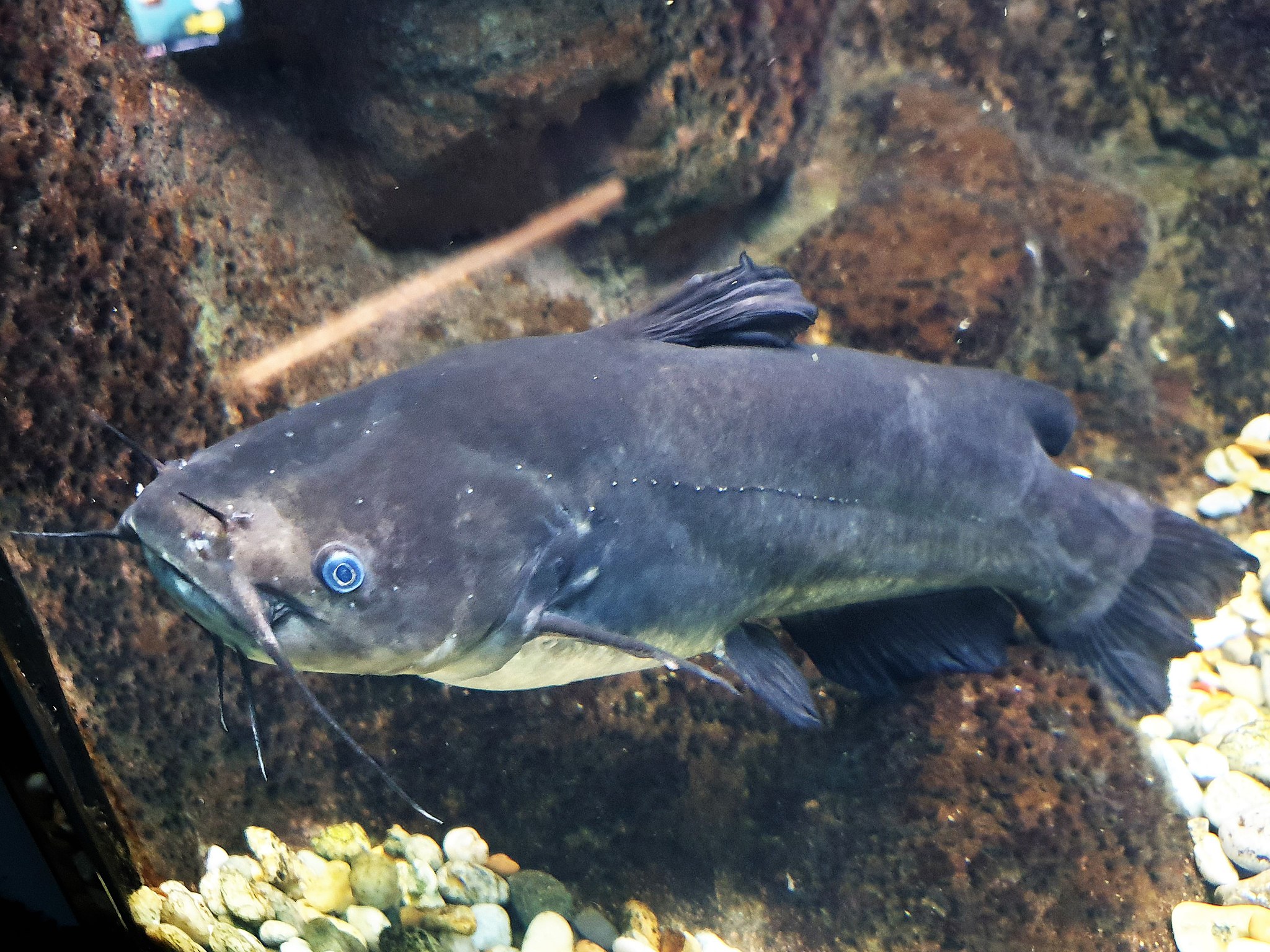App Screenshots
Black bullhead (Ameiurus melas)
Invasive?
The Black bullhead originates from the Great Lakes region in North America. It can be bought in pet stores for aquariums and garden ponds, over these ways it probably also found its way into wild waters. In 1934 the first Black bullheads were found in Northern Europe, in Southern Europe they have been established for a long time. Black bullhead are omnivorous and feed on insect larvae, leeches and crustaceans as well as the spawn of other animals and usually prevail in competition with other fish species. In smaller waters, Black bullhead can become the dominant fish species, displacing other fish species and amphibians. They also tolerate high CO2 and low O2 levels in water bodies as well as pollution from sewage. The species populations are currently still insignificantly small, but due to the high "invasive potential" they should remain under observation.
Where?
Black bullhead live in larger lakes and ponds, but also in slow-flowing waters with soft or muddy bottoms.
Appearance?
The Black bullhead is easily confused with the Brown bullhead (Ameiurus nebulosus). It has 8 barbels (whiskers), the back is dark gray to black, the belly is light. Adult animals grow between 25 and 35 cm long. The base of the whiskers is black in A. melas, light in A. nebulosus.
Distribution in Luxembourg: https://neobiota.lu/ameiurus-melas-rafinesque-1820/

"File:Hal - Ameiurus melas - 1.jpg" by Emőke Dénes is licensed under CC BY-SA 4.0.

"Ameiurus melas" by fishesoftexas is licensed under CC BY-SA 4.0.
This website uses no external trackers, no analytics, just session cookies and values your online privacy.








